
National Institute for Basic Biology




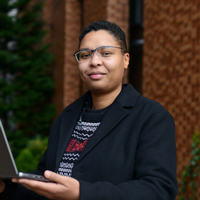
Identifying Life and Non-Life through time and space
Understanding the differences between Life and non-Life using bottom up approaches is the goal of my research field, Artificial Life. I try to achieve this goal by using both AI-based and purely statistical tools that can be applied to either synthetic or natural data (also called “substrate-agnostic” tools). We only know one example of Life, a serious limitation for any scientific study. Overcoming this issue could come through (1) the search for other forms of Life with an independent origin from our own or (2) the fully artificial creation of a different form of Life, in simulation or in vitro. Two of my research topics are therefore Astrobiology and Open Ended Evolution.
Our search for Life in the Universe is necessarily biased by our knowledge of the biology of Earth-based Life. Agnostic biosignatures, signs of Life that do not rely on biological expectations, are one way to sidestep these biases. In 2022, I co-authored a proposal [3] for a new kind of agnostic biosignature: a complexity-based method to find signs of Life in the universe.
We showed that a measure of the complexity of electromagnetic time-series data from real and simulated planets is correlated to the diversity of the type of surfaces on that planet. The patterns of light from a distant planet, even when the planet is so far that its size is reduced to one pixel, can tell us if that planet has a combination of various types of surfaces (in the case of Earth, oceans, forests, clouds, deserts...).
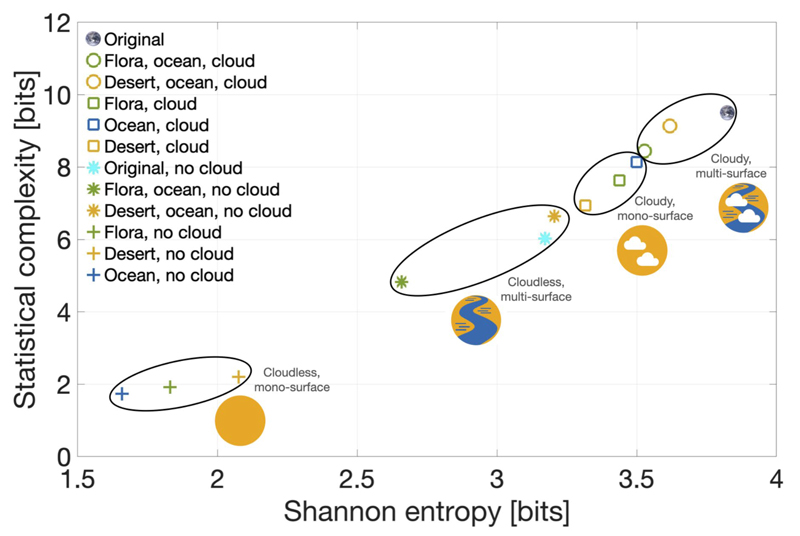
Figure 1. The diversity of surfaces of a planet can be approximated by the statistical complexity and the Shannon entropy of the electromagnetic time series from that planet, even at large distances. From [3].
In 2024, I co-authored a preprint [1] proposing a different kind of agnostic biosignature. In simulation, we showed that if life was spreading through the universe by panspermia and terraformation, under some conditions we would be able to detect those terraformed planets with high accuracy, purely based on statistical measures and without needing a chemically defined biosignature.
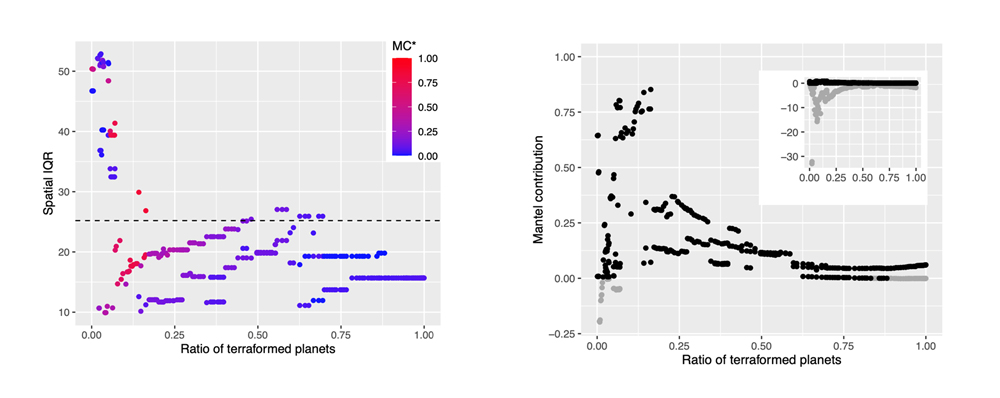
Figure 2. These figures represent two selection criteria that, combined, allow us to detect terraformed planets in a simulated space with high accuracy and no false positives.
Living systems, including individuals but also societies and their technological advances, are the only known examples of systems that seem to evolve towards ever more complexity and novelty. This property is called Open Ended Evolution. To understand Open Ended Evolution, I find it necessary to study both the origins of life [4] and its dynamics through time. I currently research these areas through evolutionary simulations. In 2023, I published a paper demonstrating exponential genetic drift in an AI-based cellular automaton [2], a first step towards Open Ended Evolution in a fully synthetic system.
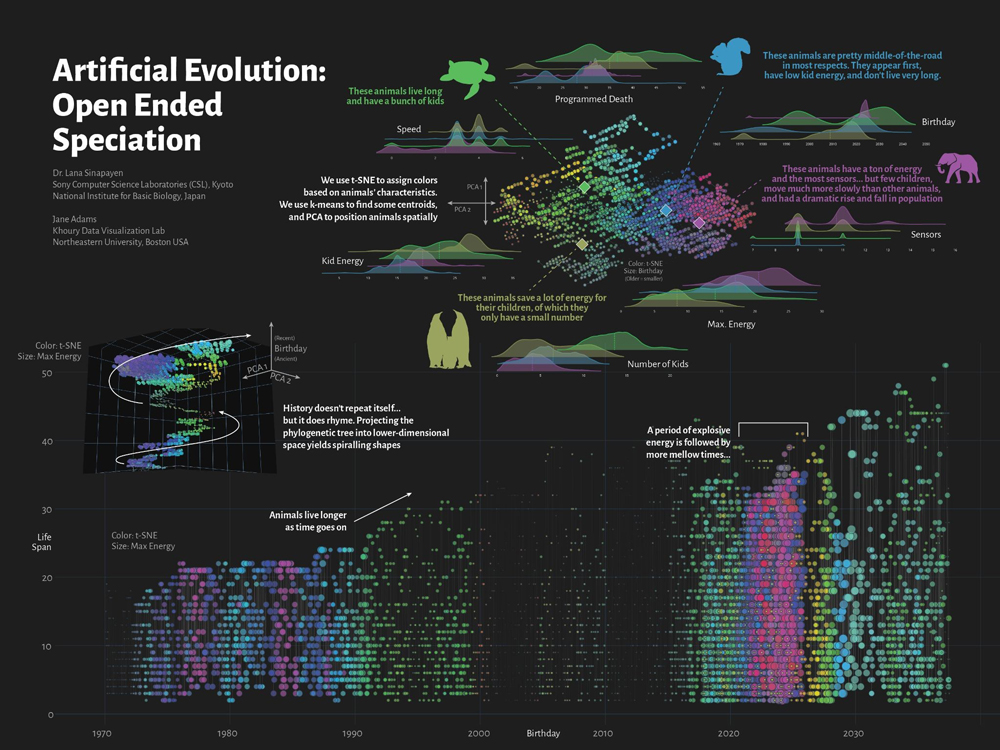
Figure 3. Analysis of multi-agent simulation showing the emergence of different species over time. Unpublished.
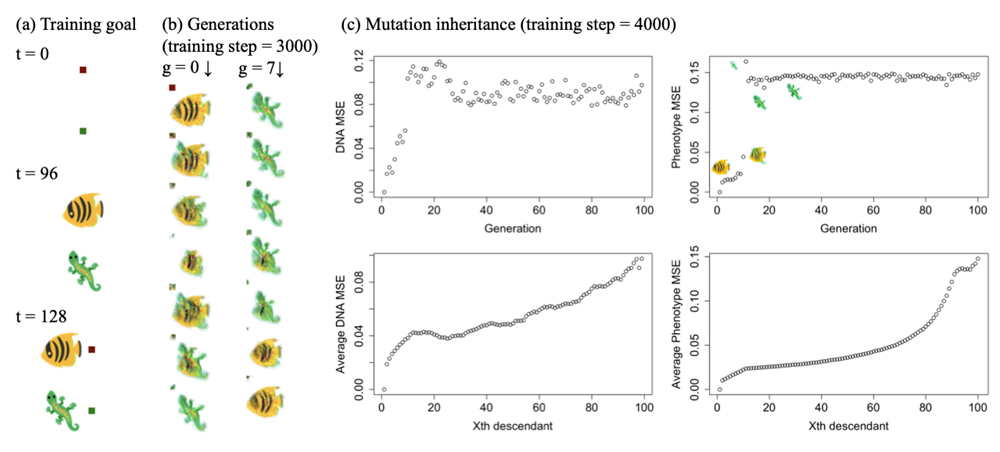
Figure 4. A cellular automaton where generations exponentially diverge both genetically and phenotypically. From [4].